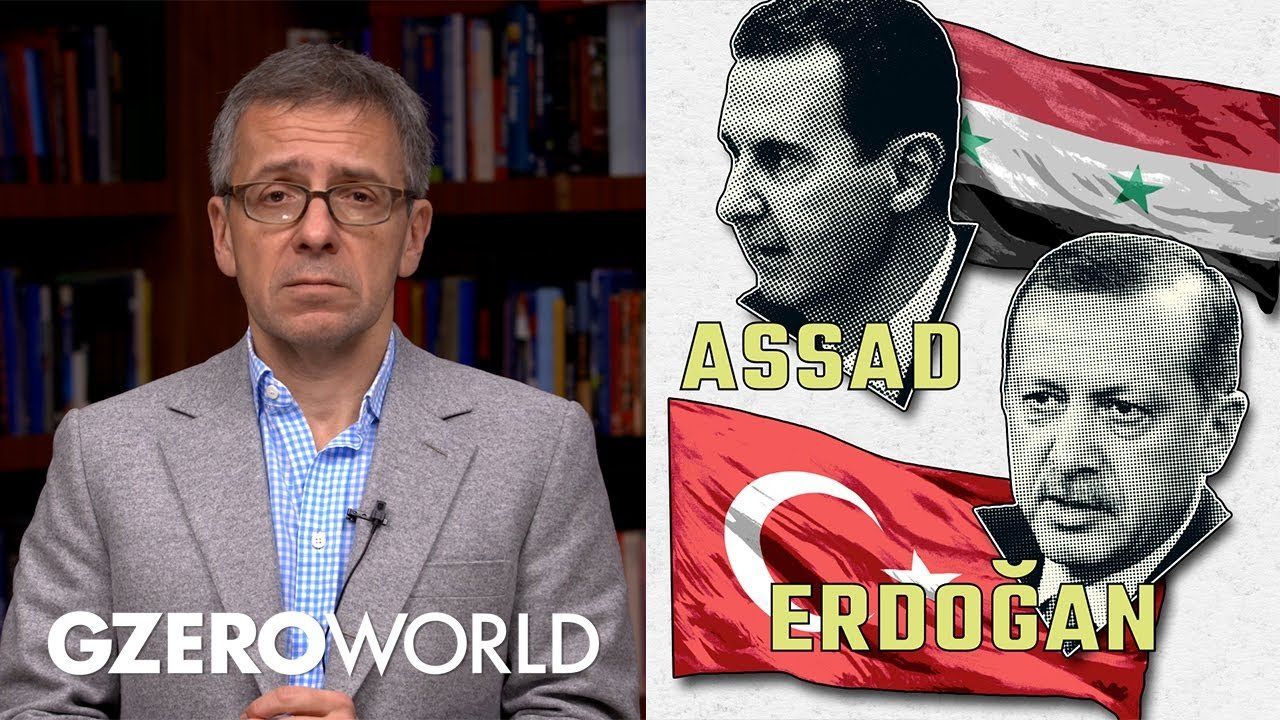
A 7.8 magnitude earthquake hit Turkey and Syria on February 6th, followed by a 7.5 magnitude quake shortly after, causing widespread devastation and over 50,000 death in Turkey and Syria. The disaster is compounded by multiple crises in the region, including the Syrian civil war, the refugee crisis, and financial turmoil in both countries, Ian Bremmer explains on GZERO World.
The earthquake also highlighted the complicated relationships between the countries' leaders, Syrian President Bashar al-Assad and Turkish President Recep Tayyip Erdoğan, and the rest of the world.
Syria is still devastated by a over a decade of civil war, a conflict that’s killed hundreds of thousands of people, displaced millions, and decimated northwest Syria, where the earthquakes struck. Western leaders wary of sending aid directly to Assad's government, which has a history of withholding assistance from citizens in rebel-controlled areas.
Erdoğan is navigating a difficult political environment ahead of the general election in May, trying to avoid the pitfalls of his predecessor, who was booted from office two decades ago in large part because of his mismanagement of another earthquake that killed over 17,000 people.
The main challenge now is to expand the flow of aid to the people in Turkey and Syria who still desperately need it, while ensuring that the help continues to flow long after the news crews leave.
Watch the GZERO World episode: Challenge of survival/Problem of governance: Aid for Turkey & Syria
- Tragedy upon tragedy in war-torn Syria ›
- Hard Numbers: Turkey/Syria quake death toll, Modi ally’s biz empire crumbles, West Bank violence, AMLO believes in elves ›
- How Turkey’s Erdoğan responds to quake could impact his reelection chances ›
- Hard Numbers: Turkey-Syria earthquake devastation ›
- How Turkey's earthquake may shape the future of its democracy - GZERO Media ›